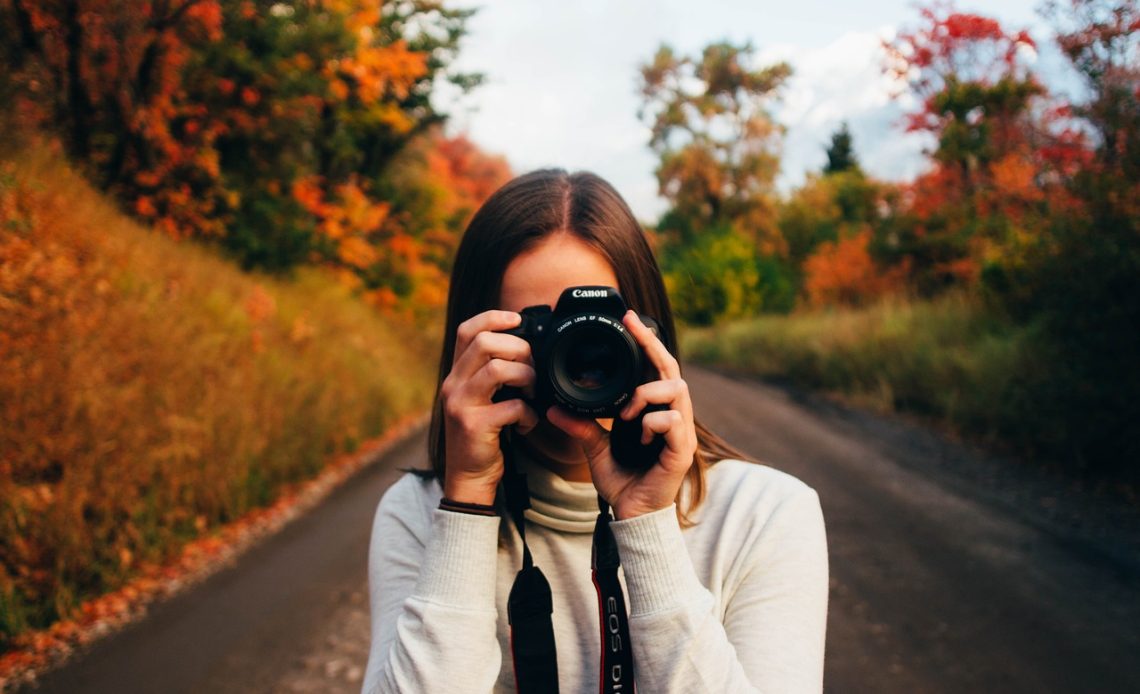
How to Take Better Travel Photos
Are you tired of coming home from a trip only to find that your photos didn’t capture the magic and beauty of the places you visited? Don’t worry, we’ve all been there! Whether it’s blurry shots or poorly framed views, taking travel photos can be harder than it looks. But fear not – with a few simple tips and tricks, you too can create stunning images that will transport you back to your favorite destinations for years to come. From adjusting your camera settings to experimenting with composition, here are 10 easy ways to take your travel photography skills to the next level. Happy snapping!
Tips on Composition
When it comes to taking photos while traveling, one of the most important things is to be aware of your surroundings and to make sure that you are in a good position to take a photo. Here are some tips on composition that will help you take stunning travel photos:
- Make use of leading lines. Leading lines is a composition technique that can be used to great effect in travel photography. Leading lines can help lead the viewer’s eye into the photo and can also help give a sense of depth to the image. Some examples of leading lines in travel photography include roads, railways, rivers, and even people walking in front of you.
- Use the rule of thirds. The rule of thirds is a compositional guideline that suggests that an image should be divided into thirds, both horizontally and vertically, and that the main subject should be placed at one of the intersections or along one of the lines. This gives the photo more balance and makes it more aesthetically pleasing to look at.
- Get close to your subject. When taking travel photos, don’t be afraid to get close to your subject matter. This will help fill up the frame and will allow you to capture more details in your photo. Not only that, but getting close to your subject can also help create a sense of intimacy and connection with whatever it is you’re photographing.
- Find interesting perspectives. Instead of just standing in front of your subject and taking a photo from eye
Capturing Movement
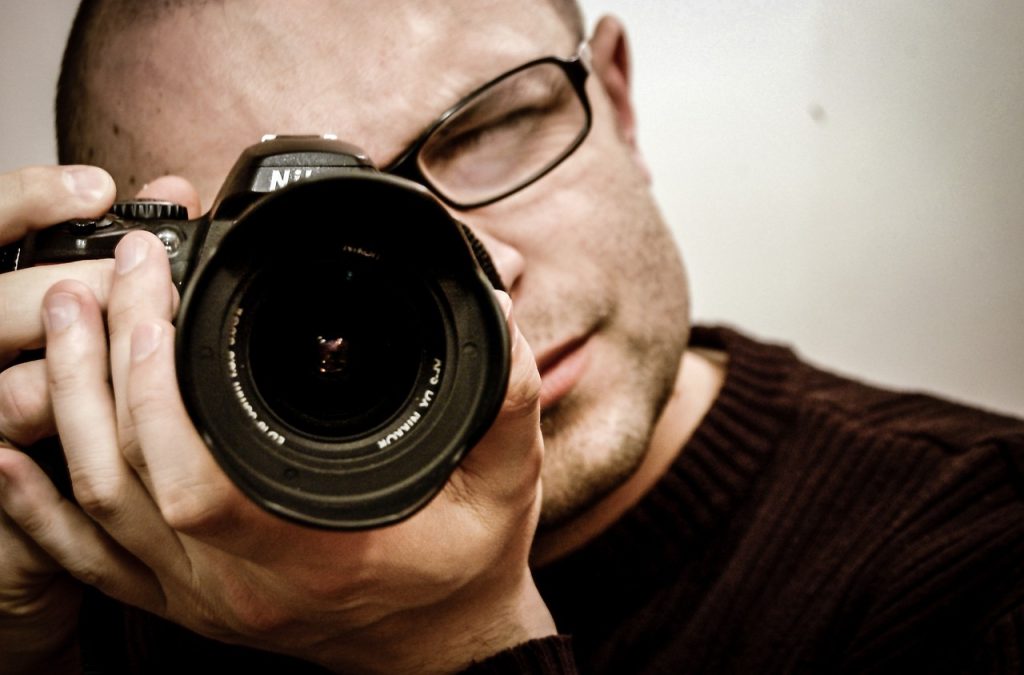
It can be tricky to capture movement in a photo, but it’s definitely worth the effort. Here are a few tips:
- Use a faster shutter speed. This will help freeze the action and prevent blur.
- Panning is a great technique for capturing movement while still keeping your subject in focus. To do this, follow your subject with your camera as they move past you. Then, when you take the photo, pan your camera along with them so that their movement is blurred in the photo while the background is still in focus.
- If you’re photographing something moving directly towards or away from you (like a train), try using a slower shutter speed and zooming in or out as the subject moves past you. This will create an effect of the subject streaking through the frame.
- Experiment with different shutter speeds to find what works best for the particular scene you’re trying to capture.
Utilizing Natural Light
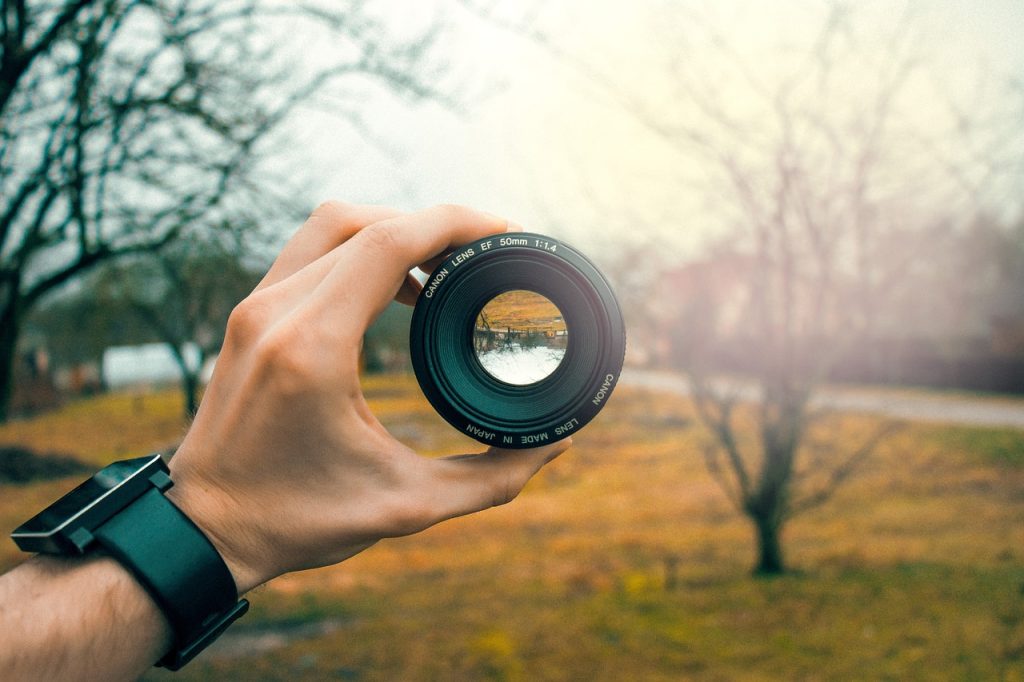
Assuming you want tips for taking photos while traveling:
- Utilizing Natural Light
The best time of day to photograph most subjects is early morning or late afternoon, when the sun is low in the sky and casts long, warm shadows. The light during these times is also generally softer and more diffuse than during mid-day, when the sun is directly overhead, creating harsh contrast and deep shadows. If you’re photographing people, soft light is generally more flattering than harsh light. - When possible, take advantage of natural light by positioning yourself or your subject so that the sun is behind you, shining on your subject. If you can’t avoid having the sun in your photo, try using a reflector to bounce some of the light back onto your subject, or position them in the shade.
Editing Your Images
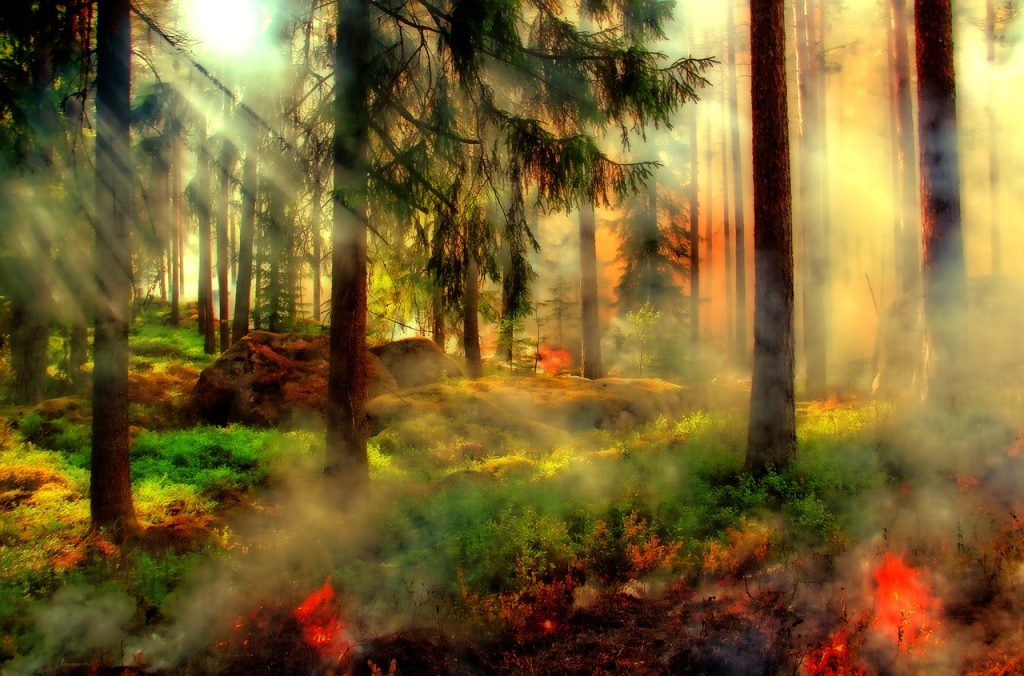
Assuming you’ve already taken your travel photos, it’s time to start the editing process. This is where you’ll decide which photos are worth keeping and which ones you should delete.
When it comes to editing your images, there are a few key things you should keep in mind. First, try to edit your photos in batches rather than individually. This will help you stay consistent with your edits and avoid getting overwhelmed.
Next, take some time to experiment with different editing techniques and find a style that you like. There are a ton of different ways to edit photos, so don’t be afraid to play around until you find something you’re happy with. Once you have a general idea of the edits you want to make, it’s time to start actually editing your photos.
There are a lot of different software options out there for photo editing, but we recommend using Adobe Lightroom. Lightroom is relatively user-friendly and has all the tools you’ll need to make basic edits like cropping, adjusting exposure, and adding filters.
If you’re new to photo editing, we suggest watching some tutorials on how to use Lightroom before diving in. Once you get the hang of it, though, editing your travel photos will be a breeze!
Capturing Local Culture
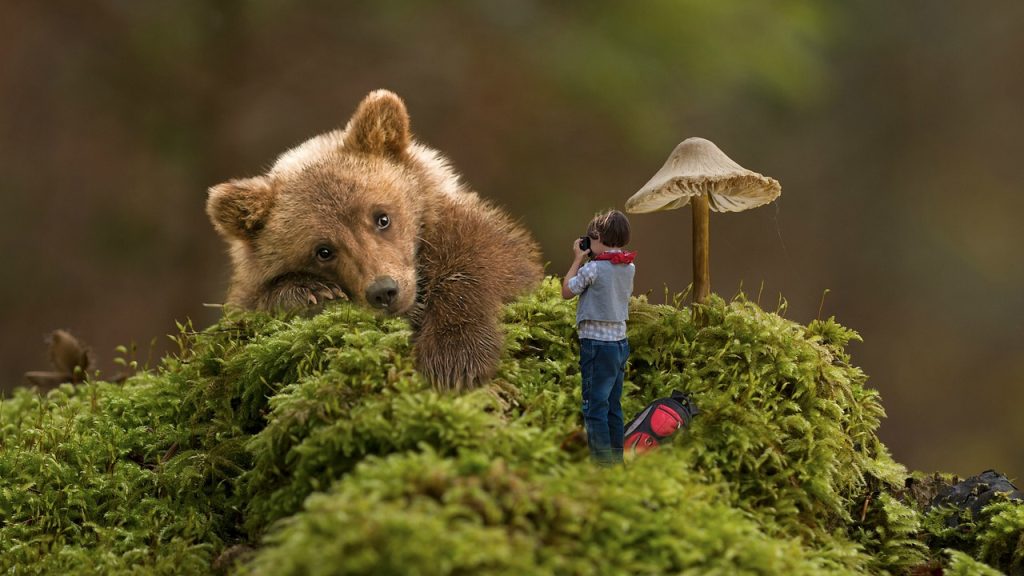
In order to capture local culture in your travel photos, it is important to be respectful and engaged with your surroundings. Be sure to do your research before arrival so that you are familiar with the customs of the place you are visiting. Once there, take the time to speak with locals and learn about their way of life. Try to avoid taking photos of people without their permission, as this can be intrusive. Instead, focus on candid shots that capture natural moments and interactions. Look for opportunities to photograph traditional dress, architecture, and other aspects of the culture that make it unique.
Different Perspectives
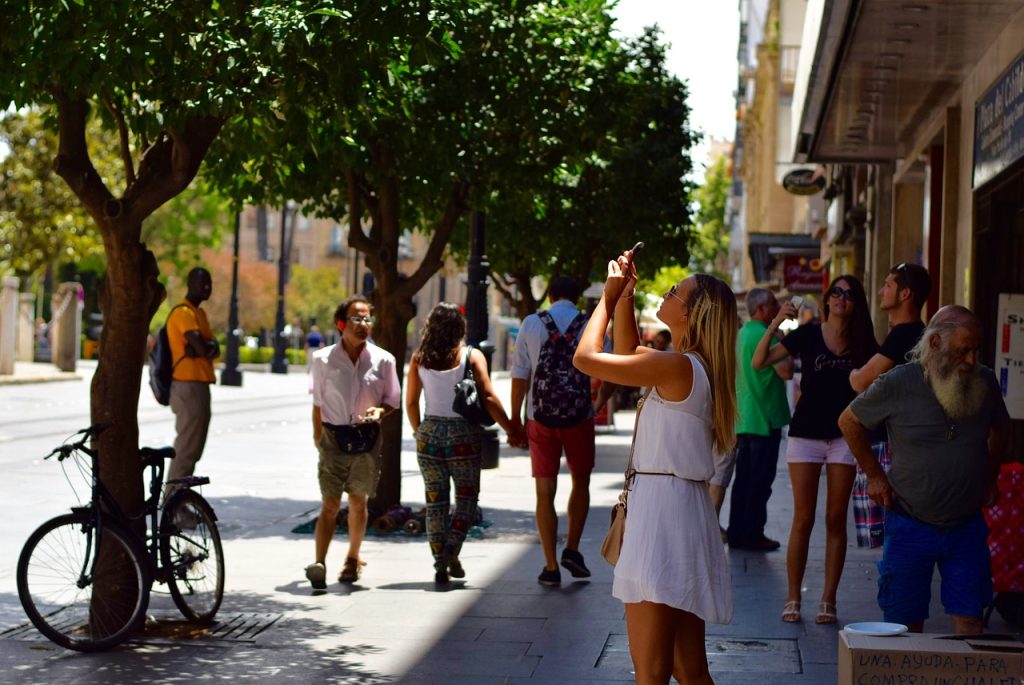
No two people see the world in exactly the same way. So, when you’re taking photos on your travels, it’s important to try and capture a variety of different perspectives. This will give your album a more well-rounded feel and provide viewers with a richer experience.
Here are a few tips for getting different perspectives:
- Get low! Crouch down or lie on the ground to get an unusual vantage point.
- Climb up high. Find a hill or staircase and shoot from above.
- Go wide. Use a wide-angle lens to capture as much of the scene as possible.
- Get close. Fill the frame with your subject by moving in close.
Using Props and Accessories
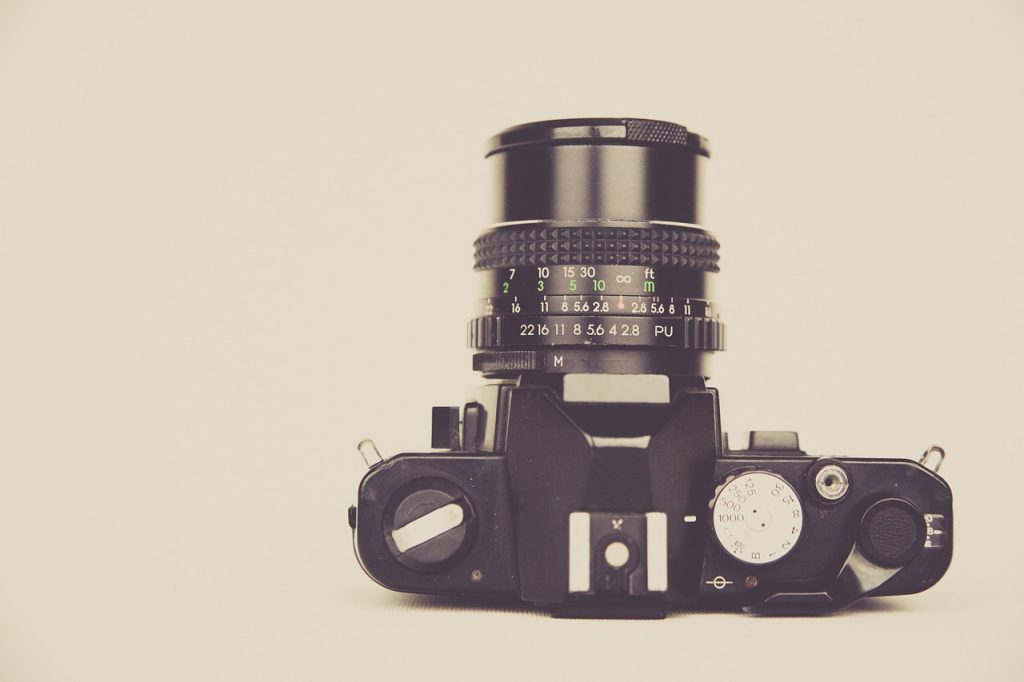
When taking travel photos, props and accessories can help add interest and depth to your shots. Here are a few simple tips for using props and accessories to take stunning travel photos:
- Use interesting props to add detail and fill empty space.
- Shooting with a DSLR? Use a tripod for more stable shots.
- Get creative with angles – shoot from high up or low down to add different perspectives.
- Use natural light whenever possible for the best results.
- Don’t be afraid to experiment – try new things and have fun!
Learning from Mistakes
It’s easy to get caught up in the excitement of travel and forget the little things that can make or break a great photo. Here are a few simple tips for taking stunning travel photos:
- Learning from Mistakes
The best way to improve your photography is to learn from your mistakes. When you look back at a photo and realize what you could have done better, take note of it for next time. Over time, you’ll develop a keen eye for what makes a great travel photo, and you’ll be able to replicate those results more often.
- Get Up Early
One of the best times to photograph most destinations is early in the morning, when the light is soft and the streets are empty. Getting up early will also help you avoid crowds and get some great shots of quieter moments during your trip.
- Find the Right Angle
The angle you shoot from can completely change the feel of a photo. For example, shooting from above can give an aerial perspective, while shooting at eye level can help capture emotions in people’s faces. Experiment with different angles to find the ones that work best for your subject matter.
Getting Creative With Angles and Shadows
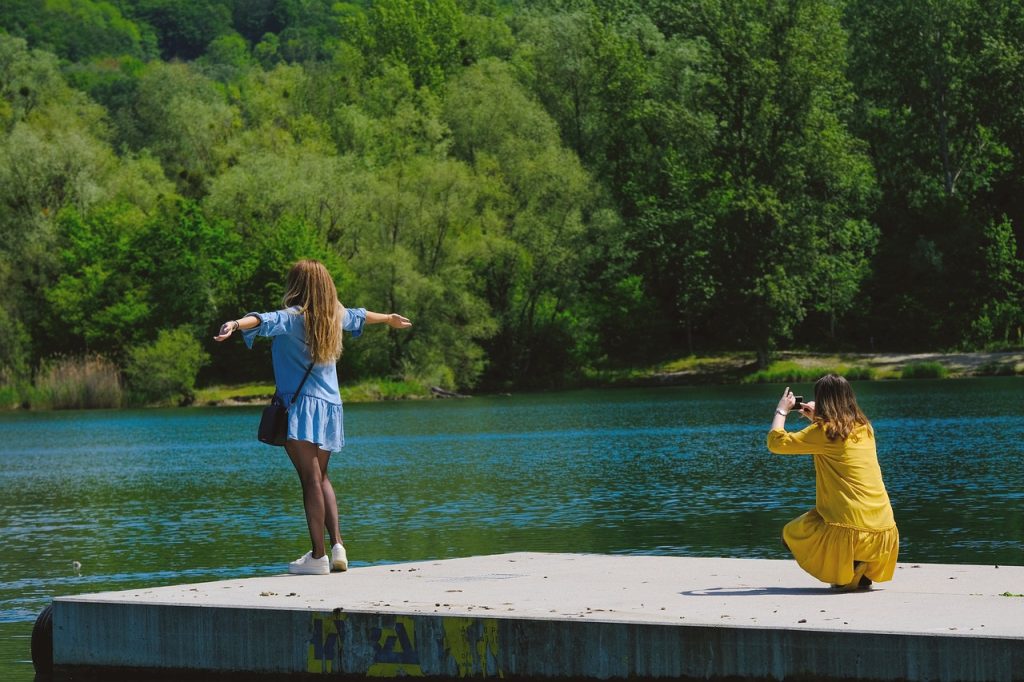
Angles and shadows are two of the most important elements in photos, yet they are often overlooked. Paying attention to both can really make your travel photos stand out.
Shadows can add depth and dimension to a photo, and using them creatively can really make your subject pop. Look for interesting shadow patterns, and use them to highlight your subject.
Angles can also be used to add interest to a photo. Shooting from a low angle can make your subject appear larger than life, while shooting from a high angle can give an aerial perspective. Experiment with different angles to find the one that best suits your subject and composition.
Experimenting with Different Filters
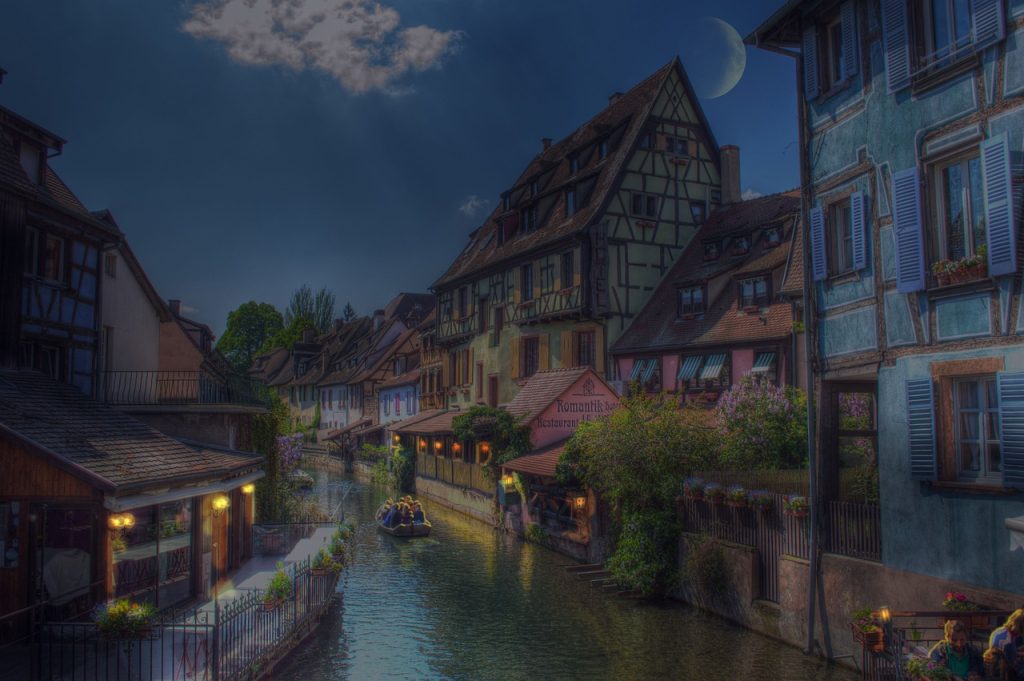
If you’re new to photography, experimenting with different filters can be a great way to learn about the different effects they can have on your images. There are a variety of filters available, from simple UV filters that protect your lens from damage to more complex ND and Polarizing filters that can help increase the contrast and saturation of your photos. Experimenting with different types of filters can help you find the ones that best suit your style of photography.
Conclusion
Taking amazing travel photos doesn’t have to be difficult. With these 10 simple tips, you’re now equipped with the knowledge of how to take stunning photos that will make everyone jealous. Always remember that photography is an art – so don’t forget to experiment and have fun with it! Now grab your camera, prepare for a great trip, and start taking memorable pictures from your next adventure.


